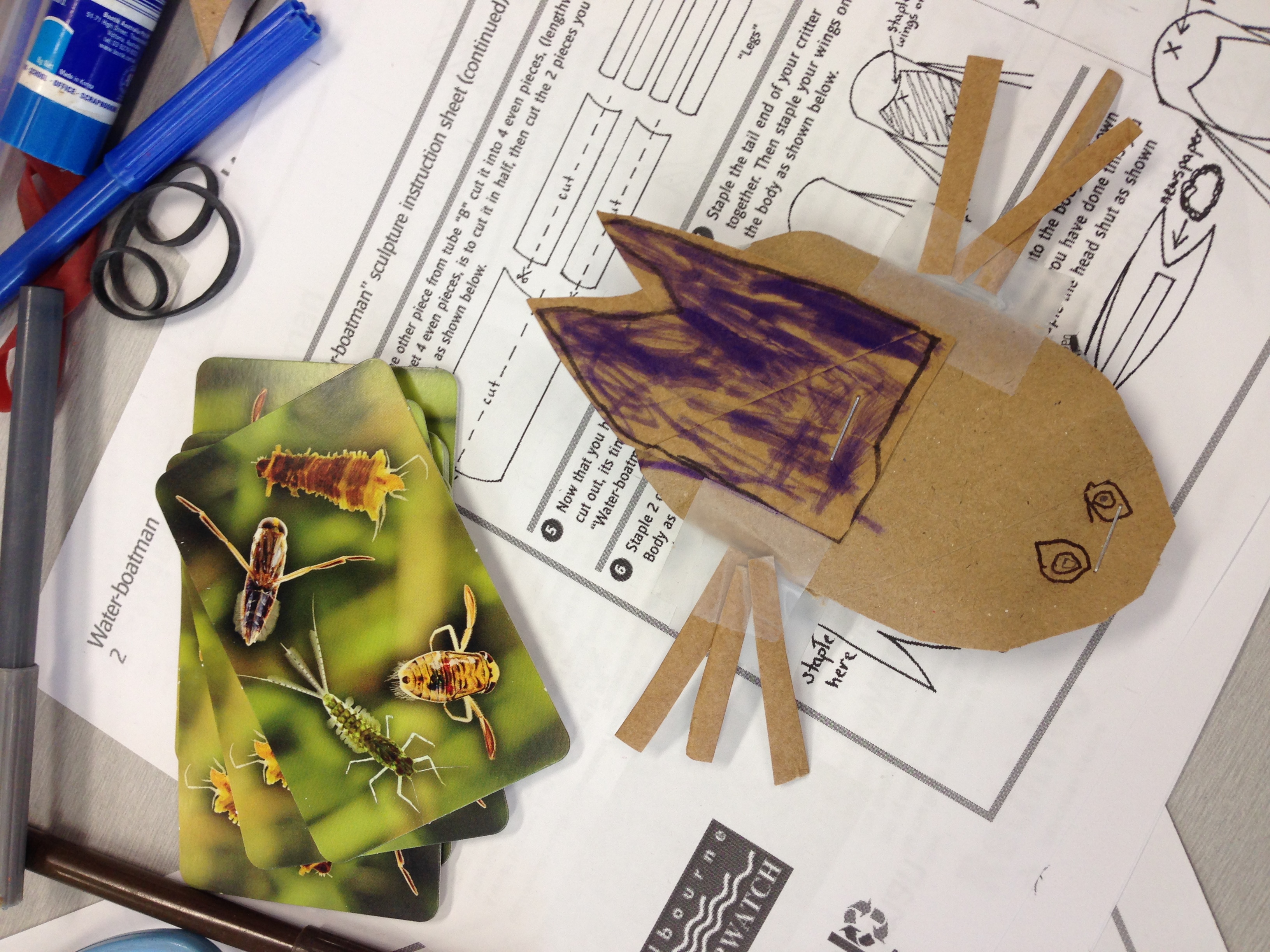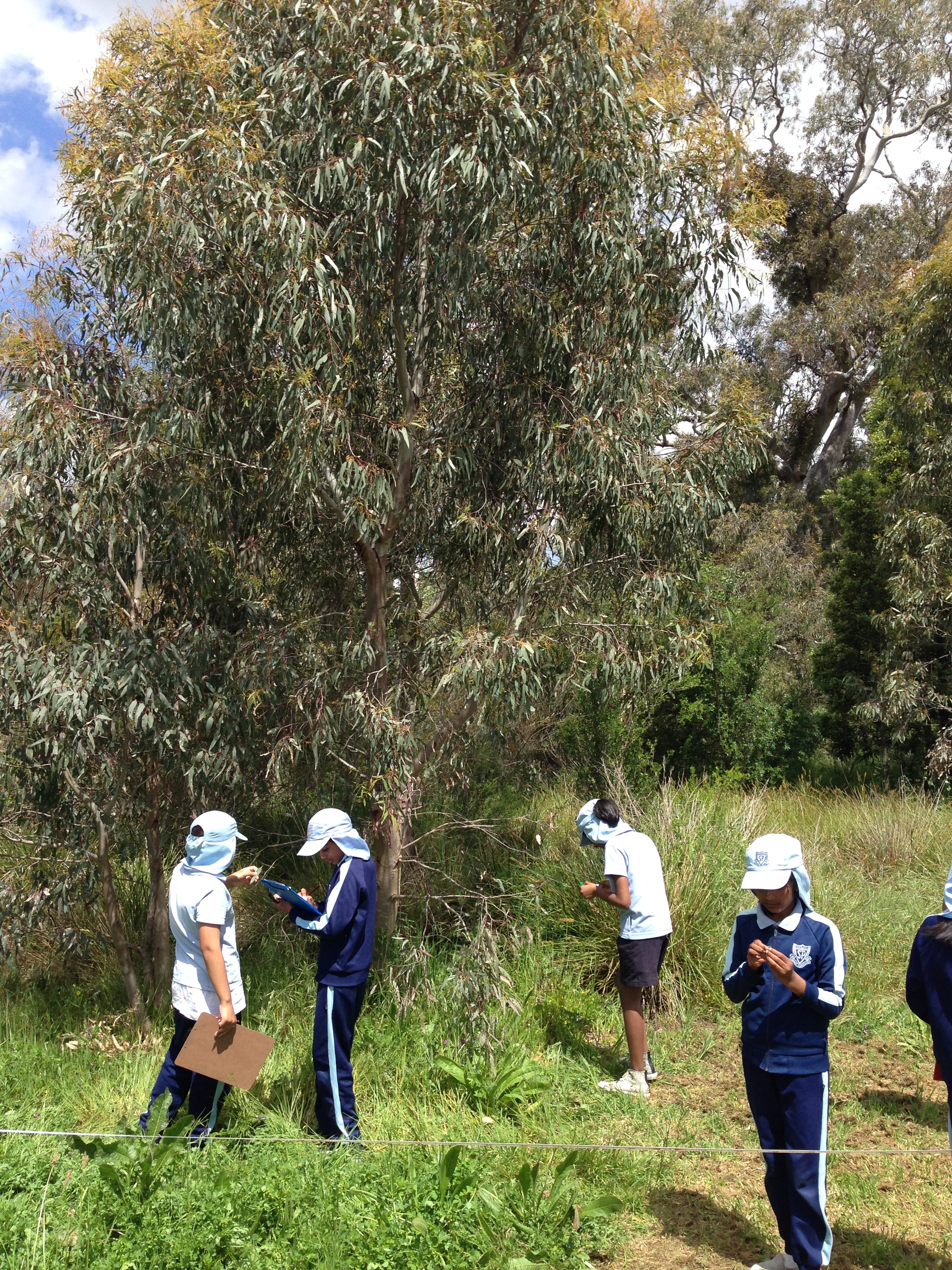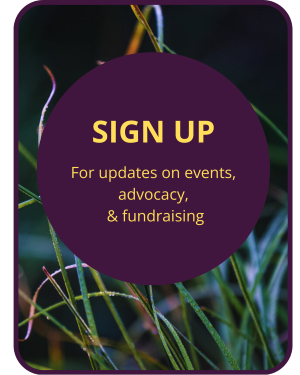 Many schools along the Edgars, Merri, Moonee Ponds and Darebin Creeks, the Lower Yarra River and their tributaries are involved in our Waterwatch program. The Waterwatch program is an incursion and excursion based waterways environmental education program staffed by qualified environmental educators available free of charge thanks to the Cities of Darebin, Moreland, Yarra and Whittlesea.
Many schools along the Edgars, Merri, Moonee Ponds and Darebin Creeks, the Lower Yarra River and their tributaries are involved in our Waterwatch program. The Waterwatch program is an incursion and excursion based waterways environmental education program staffed by qualified environmental educators available free of charge thanks to the Cities of Darebin, Moreland, Yarra and Whittlesea.
Bookings
If you would like to make a booking contact MCMC on 9380 8199 and ask for our Waterwatch Coordinator or email . If your school is based in another municipality we can offer fee for service or you can apply to participate in the River Detectives Program.
Our activities integrate the Victorian Curriculum's Learning Areas of Science, Mathematics, English, Humanities (Geography, Civics and Citizenship), Visual Arts and Health and Physical Education. We cover Creative and Critical Thinking and Personal and Social Capabilities. We specialise in activities and content of the following cross curriulum priorites:
Learning about Aboriginal and Torres Strait Islander histories and cultures
Learning about Sustainability
We cater for all age groups from Early Years to Tertiary. We can meet you and your class at your local waterway. Consider integrating your session with other learning areas such as Outdoor Education as a bike ride or walk. If transport and time are a problem for schools we can come to you. Waterwatch provides all of the equipment and support necessary to be involved in this exciting hands-on program. An outline of our activities is below:
Waterwatch list of activities - these can be tailored to your learning needs. (Class Suitability)
Waterwatch waterway monitoring (Foundation to Tertiary)
Learn about and check the health of local waterways by:
Waterbug discovery – students collect, group and identify pollution sensitive aquatic macro invertebrates (waterbugs).
Physical and Chemical Testing – Students use scientific equipment to investigate water quality - not all pollution can be seen. This activity can be extended to data interpretation, long term monitoring and a tour of your catchment, comparing water testing results upstream and downstream.
 Fascinating Frogs (Foundation to Tertiary)
Fascinating Frogs (Foundation to Tertiary)
This session focuses on the special characteristics of frogs and their importance as a part of our local biodviersity and a bio-indicator of waterway ecological health and how citizen scientists can contribute to local knowledge of frog species and populations. Frog activities include a frog quiz, creating lifecycles and talking frogs (learn the calls of local frogs and play a game to try and remember them). Visit wetlands to see where real frogs hang out.

 Making Frog Habitat Dioramas (Foundation to Year 7)
Making Frog Habitat Dioramas (Foundation to Year 7)
Students use paint, recycled materials and items from nature (including plants, rocks and sticks) to create homes or habitat for their little frogs in a recycled shoebox diorama. Included is some of the materials and advice in getting the rest, an introduction session covering local frogs habitat requirements, how participants can build and encourage frogs into their own backyards or build a frog habitat at your school.
 Litter clean ups and surveys (Foundation to Year 9)
Litter clean ups and surveys (Foundation to Year 9)
A great activity for Clean Up Australia Day, National Water Week or an addition to any community programs your school is involved in. Students survey the types and amount of litter in your local waterway before removing it. The data collected from the litter survey can be used in maths, science and a variety of other content. This activity works well with other awareness raising activities such as drain stencilling and water testing. All equipment, safety advice, site assessments and a presentation on water quality health are included.
 Drain stencilling and drain wanders (Foundation to Year 9)
Drain stencilling and drain wanders (Foundation to Year 9)
Locate drains that lead to your local creek on this educative walk and talk about the impacts of urban stormwater pollution and how we can reduce its impact on our local biodiversity. Topics can include the impacts of microplastics, nutrients, turbidity, animal distribution and solutions to stormwater pollution. Drain stencilling involves students helping to paint educative messages on stormwater pits to remind the local community "this drain leads to the waterway." This activity can be the conclusion to an arts class where students can make their own stencils with local creek creatures.
 Crafty Creatures (Foundation to Grade 6)
Crafty Creatures (Foundation to Grade 6)
Students learn about creek life, consider the special adaptations of frogs and waterbugs and focus on features such as body shape. They use their observations to create similar creatures using a variety of natural and craft materials.
 Habitat and Fauna Surveys (Grade 3 to Tertiary)
Habitat and Fauna Surveys (Grade 3 to Tertiary)
Students explore elements of a natural area, including waterways, and then score its health using a template to record observations about plants and animals (especially birds), weeds, litter, soil and water. Students discuss their views on habitat health and propose ways to improve it.
 Food Webs (Foundation to Year 8)
Food Webs (Foundation to Year 8)
During this interactive game participants take on the role of a plant or animal in the wetland or river food web. They discover what lives where and who eats what in the ecosystem. They find out what happens if something interrupts or is lost from the food web. A lesson about the impact of pollution and habitat relationships.
 Stormwater Story (Foundation to Year 8)
Stormwater Story (Foundation to Year 8)
Participants take the roles of characters that live along Merri Creek in various parts of the landscape such as grasslands, farmed land and urban areas. Each character adds a different type of pollution (from grass clippings to oil) into a bowl of water representing the creek to see how human activity impacts water quality.
 The phosphate game (Grade 6 to Year 10)
The phosphate game (Grade 6 to Year 10)
The focus in this interactive game is waterway eutrophication and how nutrients such as phosphate and ammonium get into our waterways and the impacts on local ecosystems. Consider the impact on animals such as platypus, fish, frogs and aquatic birdlife. The game concludes with students conducting nutrient testing on a local waterway sample and discussion of impacts on water way health.
Make your own Waterbugs out of Recycled Materials (4–10 yrs)
Children will learn about the fascinating tiny world of waterbugs; aquatic insects, and soft bodied little creatures that call our creeks and wetlands home. Live waterbugs will be brought into the classroom or outside by the waterway so children can watch them wiggle, and swim about! Children can make a caddisfly or a waterboatman model out of recycled materials which teaches them about the special adaptations of waterbugs and focuses on features such as body shape and movement. This is the building blocks of learning about classification and identification of invertebrate. All worksheets and recycled materials are included (and can also be collected by the children before the activity).
 Measuring maths in nature (Grade 2 to Year 8)
Measuring maths in nature (Grade 2 to Year 8)
Extend your maths lessons along in the field by measuring the velocity and volume of water flowing in your local creek, counting the amount of population and diversity of waterbugs to assess the health of your local creek, surveying the types and amount of litter or measure the height of a tree or how many leaves are on a tree. There are many ways to incorporate maths in a fun, practical and engaging way within the local environment. All worksheets are provided.
Learn more about River Red Gums (Years 3–8)
The River Red Gum (Eucalyptus camaldulensis) has the most widespread natural distribution of any eucalypt species in Australia, forming extensive forests and woodlands in the south-east and providing the structural and functional elements of important floodplain and wetland ecosystems. In these sessions, students will experience interactive, in field and in-depth learning experiences up close and personal with Red Gums. A range of activities are provided (with worksheets) including:
- Red Gum Science - habitat discovery, identification of plant parts in differing seasons (seeds, flowers) using botanical drawing and identification keys and exploration of fauna that inhabit the hollows and other sections of RR gum.
- Identification of Red Gums using senses
- Using the “Is it a eucalypt?” key, identify 4 different Eucalyptus
- Red Gum Maths - measurement of breadth and height to estimate age, work out the height, circumference & number of leaves on a red gum
 Catchment map and Catchment Tours (all levels)
Catchment map and Catchment Tours (all levels)
In the field or in the classroom our huge map of the Merri Creek catchment brings home many messages about the nature of a catchment and provides an instructive tool for discussions with students about the environment.
If you have a bus available or bikes, students can take a tour of the local creek at an upstream and a downstream site, testing the water quality at both sites and comparing the results.







 Merri Creek Management Committee. 2 Lee St, East Brunswick, Victoria, Australia 3057
Merri Creek Management Committee. 2 Lee St, East Brunswick, Victoria, Australia 3057